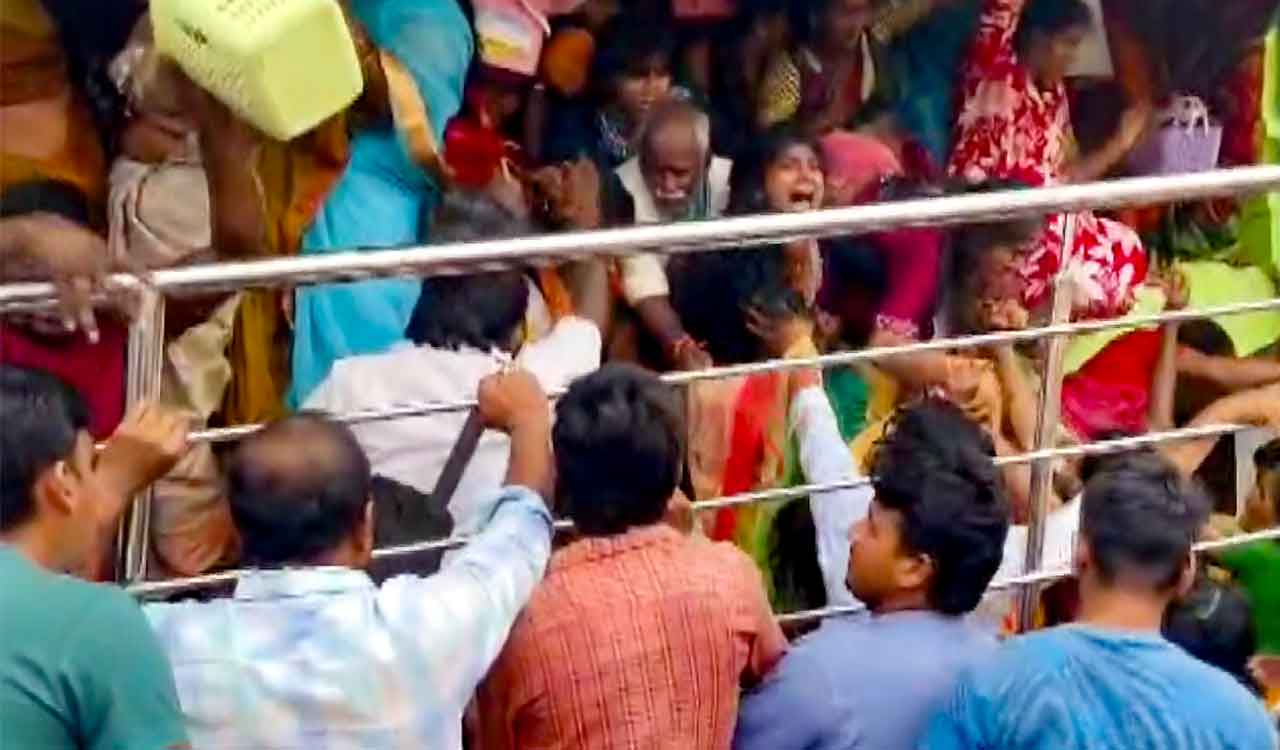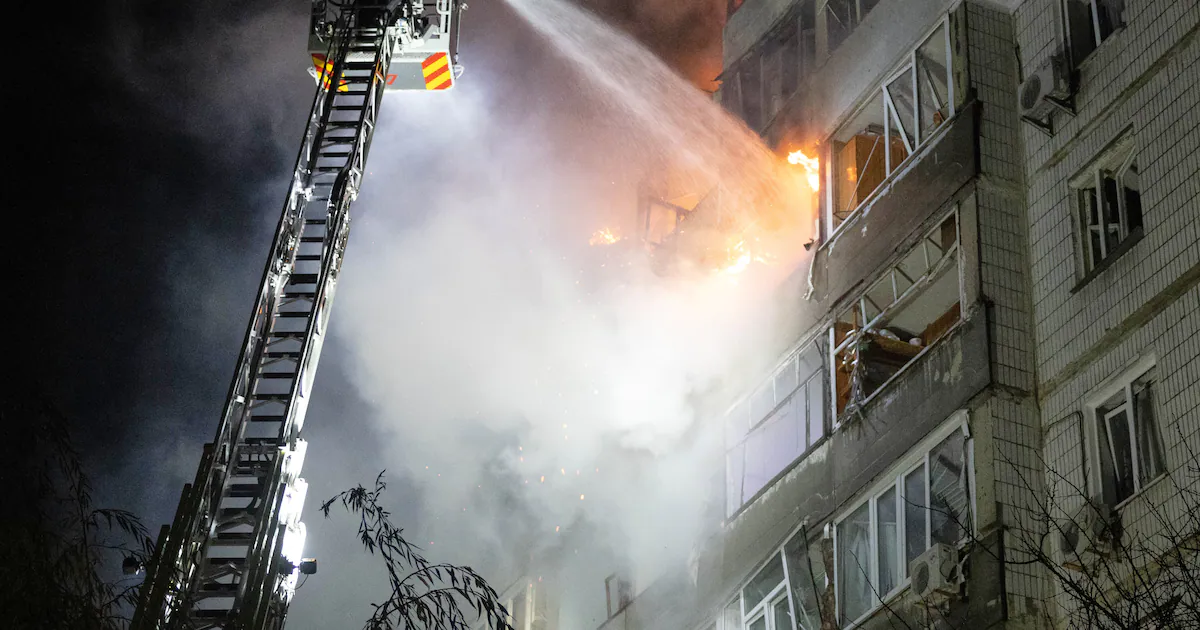Copyright telanganatoday

There is an air of macabre familiarity surrounding stampedes at religious gatherings in India. The death of ten people—mostly women and children—in a stampede at a temple in Andhra Pradesh’s Srikakulam district serves as yet another grim reminder of the serious gaps in our crowd management system, safety protocols, and emergency preparedness. The tragedy at the Venkateswaraswamy temple in Kasibugga could have been prevented if the authorities had adhered to safety standards, especially when considering the anticipated increase in the number of devotees. Since January this year, AP has witnessed three temple tragedies, claiming the lives of 22 people and leaving dozens injured. Be it the Tirupati stampede in January or the Simhachalam wall collapse tragedy or the Kasibugga mishap now, the pattern is similar: Overcrowding, poor infrastructure, and safety lapses. The stampede at Kasibugga was allegedly triggered after a railing collapsed as hundreds of devotees thronged the temple on the occasion of Ekadasi, considered an auspicious day. Some devotees tried to enter through the exit route. A railing erected for crowd control collapsed, causing people to fall down a staircase from the first-floor temple, leading to chaos and trampling. Earlier, on January 8, tragedy struck at the popular Tirumala temple when a chaotic rush for free tokens during the annual Vaikunta Dwara Darshanam triggered a stampede near the ticketing counters, leaving six dead and over 30 injured. The Tirumala Tirupati Devasthanams (TTD), which manages India’s richest hill shrine, later admitted lapses in token distribution and crowd segregation, announcing digital reforms and enhanced police vigilance. Less than four months later, on 30 April, disaster revisited devotees at Simhachalam’s Sri Varaha Lakshmi Narasimha Swamy Temple in Visakhapatnam. During the annual ‘Chandanotsavam‘ festival, a newly constructed wall, weakened by overnight rain, collapsed onto a queue at the ticket counter, killing seven devotees. The pattern of stampede incidents is disturbingly familiar. So are the responses that follow. Compensation is announced, a probe is ordered, and a few officials are suspended amid a political blame game. And, no lessons are learnt from past mistakes. It’s business as usual till the next tragedy strikes. This has been the story of all recent stampede cases. During this year so far, over 90 people have lost their lives in stampedes at public events, temples, railway stations, and at the Maha Kumbh, among others. Time and again, India’s administrators have failed to learn from past tragedies — from religious stampedes to election rallies. More than a decade ago, the National Disaster Management Authority (NDMA) released a guide on managing crowds at big events and mass gathering venues. The document emphasised capacity planning, crowd control, risk assessment, and real-time surveillance to prevent any mishaps. However, the guidelines are observed more in breach than in practice. Inadequate infrastructure, disregard for scientific protocols, absence of accountability and a reactive approach to disasters continue to be the significant obstacles.



